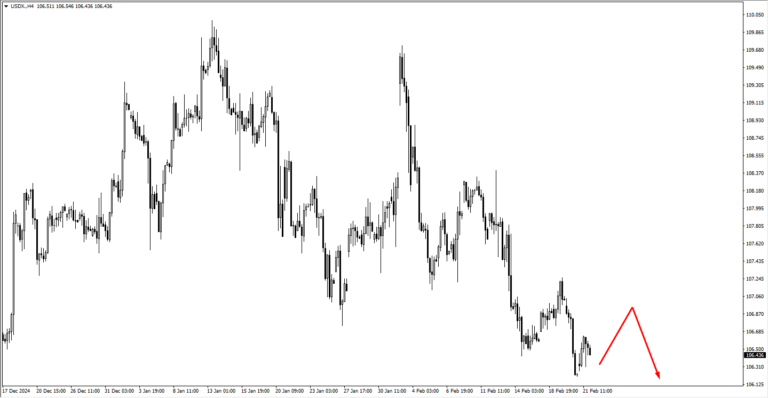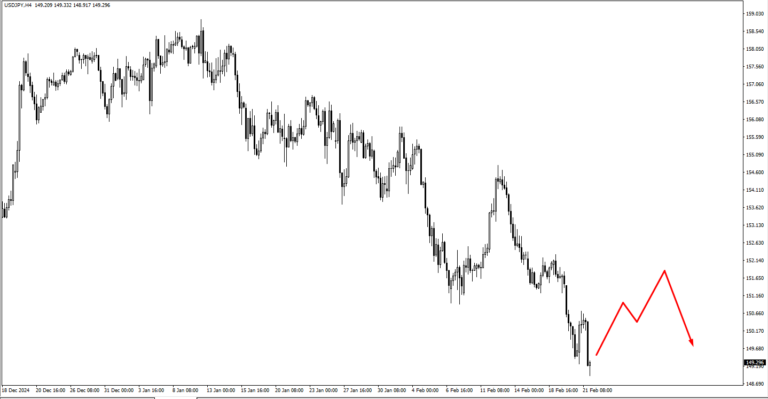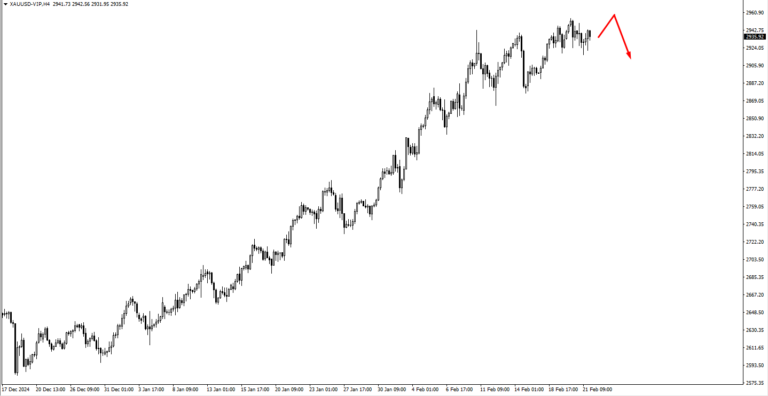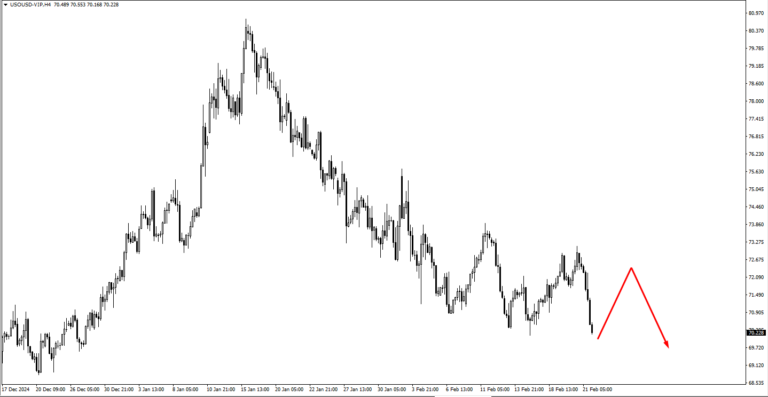Ethereum (ETH) has fallen below US$2600 as market conditions worsen. This decline is part of a broader trend affecting multiple assets.
The recent announcement by former President Donald Trump regarding the continuation of tariffs on Canada and Mexico has contributed to market volatility. This development underscores ongoing concerns about trade relations and their impact on various cryptocurrencies.
Traders have responded swiftly, adjusting their positions as uncertainty increases. Donald’s statement has reinforced existing investor anxiety, leading to more cautious behaviour across markets that are already under pressure. Ethereum’s decline mirrors broader sentiment, with other digital assets also slipping as traders reassess risk exposure.
Beyond trade concerns, Federal Reserve policy expectations have played a role in shaping short-term movements. Rising speculation about delayed interest rate cuts has weighed on risk assets, cryptocurrencies included. A more restrictive monetary stance reduces liquidity, which in turn pressures valuations. Market participants are watching for central bank signals that might clarify the timing of any policy shifts. Jerome Powell’s recent comments about inflation staying above target for longer than expected have only added to these concerns.
Speculation about regulatory developments has also affected sentiment. Ongoing discussions within US and European legislative bodies have kept traders alert to possible rule changes. Recent enforcement actions further highlight the uncertain environment in which digital assets operate. Shifting regulations influence participation levels and liquidity, meaning even small shifts in policy language can lead to outsized reactions.
Market behaviour suggests many traders are adjusting their strategies in response to these pressures. Recent liquidation data indicates leveraged positions have been unwound at an increasing pace. The resulting price action hints at forced selling, where traders exit positions not necessarily by choice but due to margin requirements. This only intensifies downward momentum, at least in the short term, as automated trades accelerate selling activity.
Looking ahead, volatility is expected to remain elevated. External factors such as macroeconomic news and shifting investor sentiment will continue shaping price action. Any new announcements from policymakers, particularly regarding interest rates or trade restrictions, could trigger further movements. Because of the heightened sensitivity to such developments, traders are likely to remain defensive until clearer signals emerge.
We see these shifts reflected in options markets, where implied volatility has risen. Traders have shown a preference for downside protection, with demand for put options increasing. This suggests hedging activity as investors prepare for potential further declines. At the same time, liquidity pockets have thinned, which may contribute to sharper price swings in response to news events.
In the coming weeks, price action will be closely tied to institutional activity. The positioning of large market participants could provide hints about sentiment shifts. If accumulation trends emerge, that may suggest renewed confidence, while continued outflows would reinforce the cautious tone currently prevailing. Trading volumes will also serve as an indicator of conviction behind any price moves.
We will be monitoring key levels, particularly near previous support zones, to gauge whether buyers step in aggressively or remain hesitant. If selling pressure persists, it could lead to further declines, but if defensive positioning starts unwinding, it may set the stage for recovery attempts. These dynamics will play out alongside broader economic developments, making the next phase particularly reactive to external influences.















